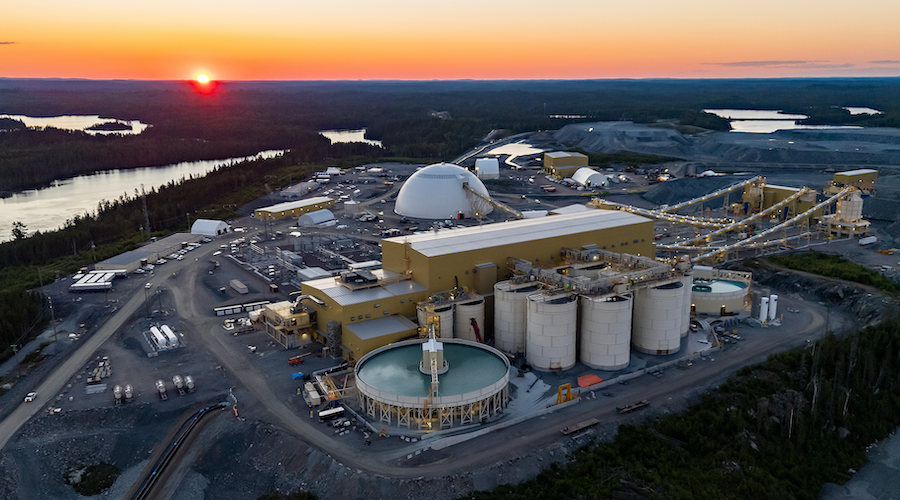Commodities face a twin threat, Morgan Stanley says

(Bloomberg) — Commodities face a twin threat in the coming months, according to Morgan Stanley, which flagged burgeoning risks to consumption from a potential escalation in global trade tensions, especially for metals, as well as any slowdown in China.
“Escalating global trade tensions bring a risk of demand destruction across commodity markets as costs rise for end-users and access to materials is restricted,” the bank said in a quarterly report. “China’s buoyant mood is giving way to concerns around tightening credit and a slowing manufacturing sector.”
Amid the warnings, copper was listed as the top pick after palladium, with a neutral rating. It was bearish on steel, nickel and coal
Raw materials have suffered this month as leaders of the largest resource-consuming economies count down toward the imposition of another round of trade sanctions, with China, Europe and Canada pushing back against initiatives from the U.S. While Morgan Stanley’s note said some of its 2018 price forecasts for metals had been raised, it remained cautious. Balancing its view, it was positive on oil, citing an outlook for a rally to $90 a barrel by 2020, and it also noted that rising production costs for mined metals offered support.
“Risks to demand are building, hence our price deck remains characterized by weakening outlooks across most commodity markets into 2019,” the bank said in the June 28 note. Amid the warnings, copper was listed as the top pick after palladium, with a neutral rating. It was bearish on steel, nickel and coal.
Base metals have struggled this month as warnings on risks from the global trade showdown mounted, although they advanced in London on Friday, led by gains in nickel, lead and copper. In energy markets, crude oil in New York is poised for the longest run of quarterly gain in eight years.
“As well as the direct hit to steel and aluminum, tariffs on end markets such as electronics, machinery and autos risk weakening demand for the commodities that feed them,” Morgan Stanley said. “Strong interest in demand from electric vehicle and renewable energy sectors is justified, but it would be unlikely to offset a fall in demand from more traditional commodity end-markets.”
{{ commodity.name }}
{{ post.title }}
{{ post.date }}




Comments